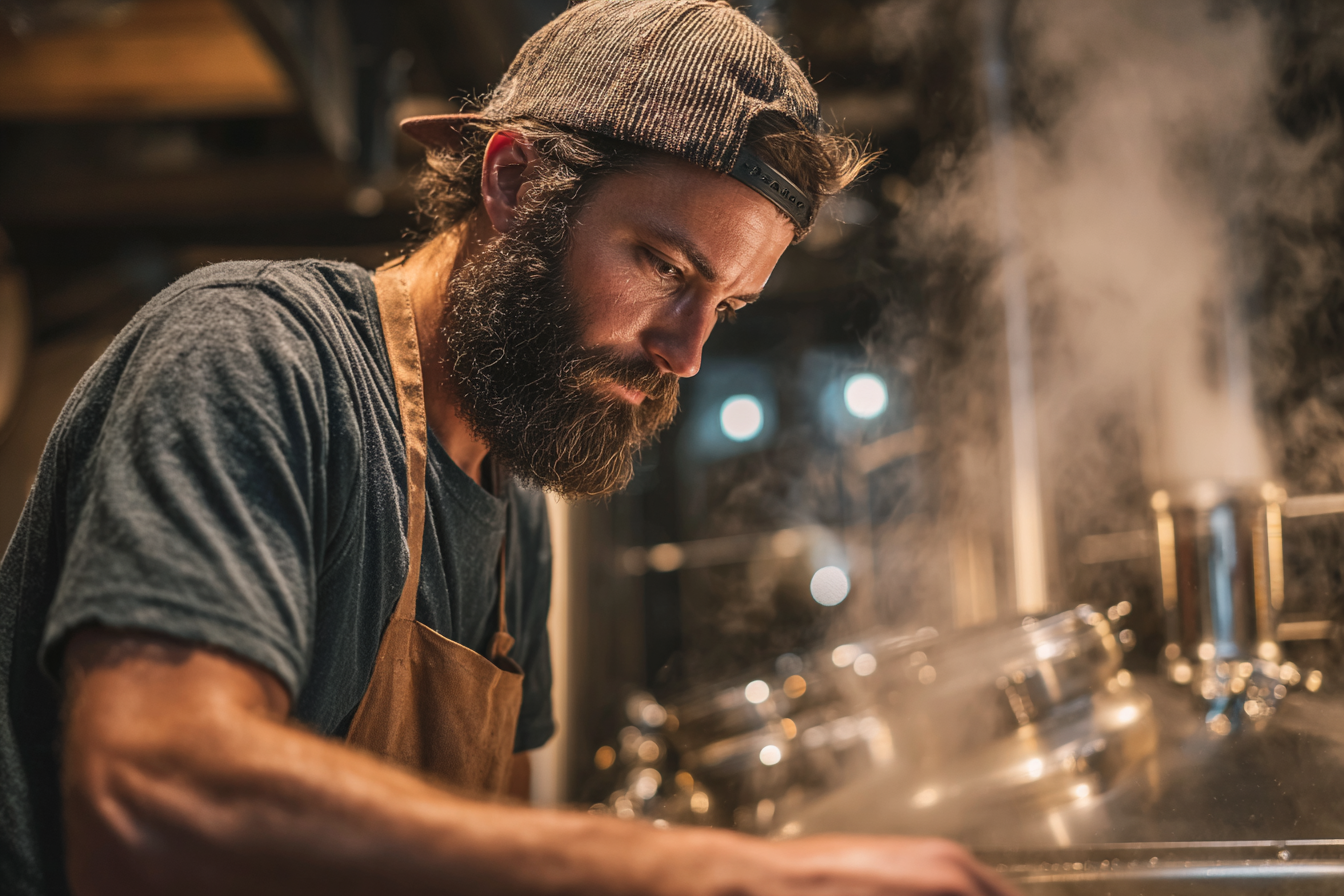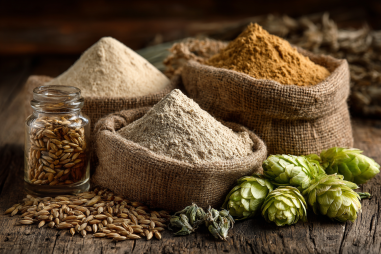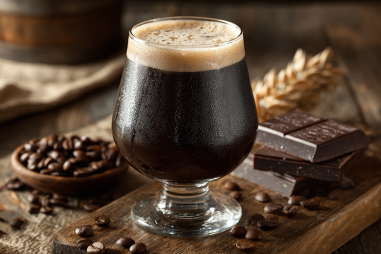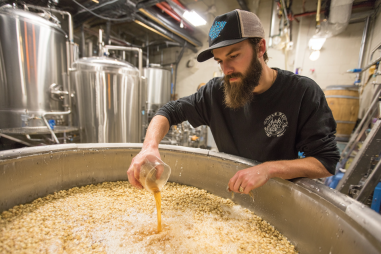Brewing a traditional German Pils is an art that stands at the crossroads of precision, patience, and respect for time-honored methods. This style, celebrated for its crispness, subtle hop bitterness, and sparkling clarity, demands attention from mash to lager to truly capture its essence. If you’re looking to master German Pils brewing techniques, it helps to understand the intricate steps that give this style its signature character. From the detailed step mash process to the exact timing of hop additions, controlled fermentation, and patient lagering, each phase builds upon the last to create a beautifully balanced beer.
The Step Mash Process: Building the Perfect Wort
One of the foundational techniques in brewing a German Pils is the step mash procedure. Unlike single infusion mashes common in some ale styles, step mashing involves incrementally raising the temperature of the mash through specific rests. This careful approach helps optimize enzyme activity, promote efficient starch conversion, and develop a clean, fermentable wort ideal for the style.
Typically, the process starts with a protein rest around 50-55°C (122-131°F). This rest helps break down proteins that can cause haze, improving the final beer’s clarity and head retention. Next, the temperature is raised to the saccharification rest, often in two parts: a lower saccharification step near 62-65°C (144-149°F) and a higher one around 72°C (161.6°F). The lower range favors beta-amylase, producing more fermentable sugars, while the higher step activates alpha-amylase, increasing dextrins and body. The balance between these steps is important; a classic German Pils aims for a moderately fermentable wort that finishes dry but with enough malt presence to provide a soft backbone.
Finally, a mash-out step at about 76-78°C (168-172°F) halts enzymatic activity, making lautering easier and reducing the risk of stuck mash. The clarity and precise sugar profile derived from this step mash set the tone for the rest of the brewing process.
Timing and Types of Hop Additions
Lúpulo, or hops, are central to defining the German Pils’s crisp and slightly bitter character. German Pilsners typically use noble hop varieties like Hallertau Mittelfrüh, Tettnang, or Spalt. These hops impart delicate floral, spicy, and herbal notes rather than overwhelming pungency.
The hopping schedule generally emphasizes late boil additions to preserve aroma and flavor while providing moderate bitterness. Here’s a typical hop addition pattern used in many German Pils recipes:
- Bittering hops: Added at the start of the boil, usually around 60 minutes, to create a balanced bitterness that cuts through the malt sweetness without overpowering.
- Flavor hops: Added between 20 to 30 minutes before the end of the boil, releasing more hop oils for subtle, nuanced flavors.
- Whirlpool or flame-out hops: Added at flame-out or during whirlpool to maximize aroma retention without adding significant bitterness.
The hop additions need careful timing and weighing because German Pils should have a balanced IBU range—typically between 25-40 IBUs—allowing hop bitterness to shine through with restrained elegance. Over-hopping can mask the malt’s delicate nuances, while under-hopping results in a flat profile.
Fermentation Temperature Control
Temperature management is crucial when fermenting a German Pils. Since this beer style relies on a clean yeast profile, knowing how to control fermentation temperature can make or break the final taste and aroma.
German Pils is traditionally fermented with bottom-fermenting lager yeast (Saccharomyces pastorianus) at low temperatures. The primary fermentation typically occurs between 8-12°C (46-54°F). This cooler range slows yeast activity, reducing the production of unwanted esters and off-flavors, allowing the malt and hops to express themselves clearly.
During fermentation, maintaining a consistent temperature helps minimize yeast stress and promotes a clean, crisp finish. Many brewers start fermentation toward the lower end of this range and may raise the temperature slightly in the latter half to aid yeast flocculation and attenuation.
After the primary fermentation, diacetyl rest—a short warm-up to around 15-18°C (59-64°F) for 2-3 days—is crucial. This step allows yeast to reabsorb diacetyl, a compound that can add a buttery off-flavor if not properly mitigated. This rest is a hallmark of lager yeast management and essential for preserving the pristine flavor profile of German Pils.
Lagering and Maturation: Patience is Key
After fermentation, the beer enters the lagering phase, a long period of cold storage that contributes significantly to the style’s hallmark clarity and smoothness. Lagering typically lasts anywhere from 4 to 6 weeks, sometimes even longer for higher-quality or traditional batches.
This stage usually happens at temperatures close to 0°C (32°F), just above freezing. During lagering, the cold environment allows residual yeast and protein particles to settle out, naturally clarifying the beer. Flavors mellow and mature, resulting in a clean, crisp finish with a delicate malt-hopped balance.
Many brewers stress the importance of extended lagering to achieve the unmistakable purity and sparkle of a German Pils. Rushing this phase can result in harsher flavors and murkier appearance, betraying the beer’s traditional character.
Filtration and Carbonation
To further ensure clarity and polish, many traditional German Pils producers employ filtration after lagering. This step removes remaining particulates and yeast cells, yielding the bright, brilliant appearance the style is famous for.
In terms of carbonation, German Pils generally has a moderate to high carbonation level, often between 2.2 and 2.7 volumes of CO2. This liveliness enhances the crisp mouthfeel and accentuates hop bitterness, contributing to the beer’s refreshing nature.
Carbonation can be naturally attained through bottle conditioning or achieved by force carbonation. However, when using force carbonation, controlling CO2 levels precisely is vital to maintain the elegant texture without creating sharpness that could upset the beer’s smooth profile.
Honoring Tradition Through Technique
Mastering German Pils brewing techniques requires dedication to each stage—from the intricacies of step mashing and thoughtful hop timing, through vigilant temperature control during fermentation, to the artful patience during lagering. These elements work harmoniously to create a beer that is crisp, refreshing, and unmistakably German in character.
The clarity, balance, and flavor profile that make German Pils unique don’t happen by chance; they are the result of precision, adherence to tradition, and a deep understanding of the brewing process. Brewers who embrace these time-honored methods will find themselves rewarded with a Pilsner that respects the spirit of the original while delighting modern palates.







